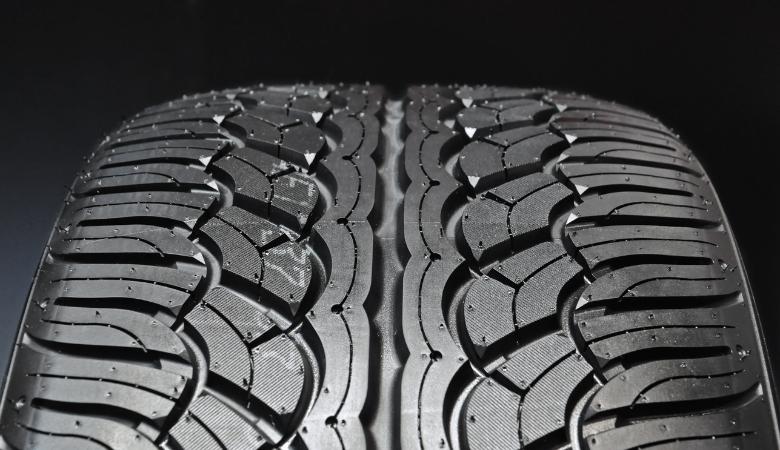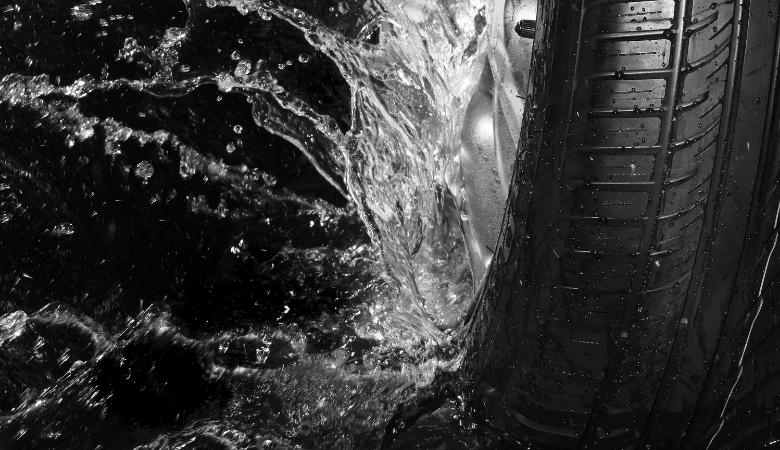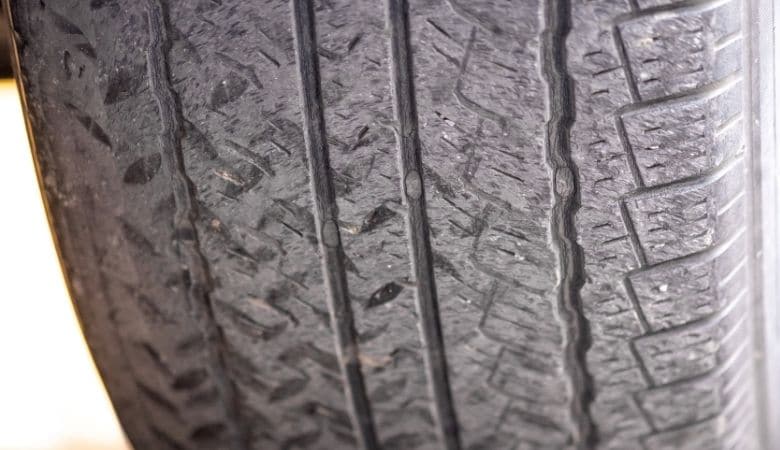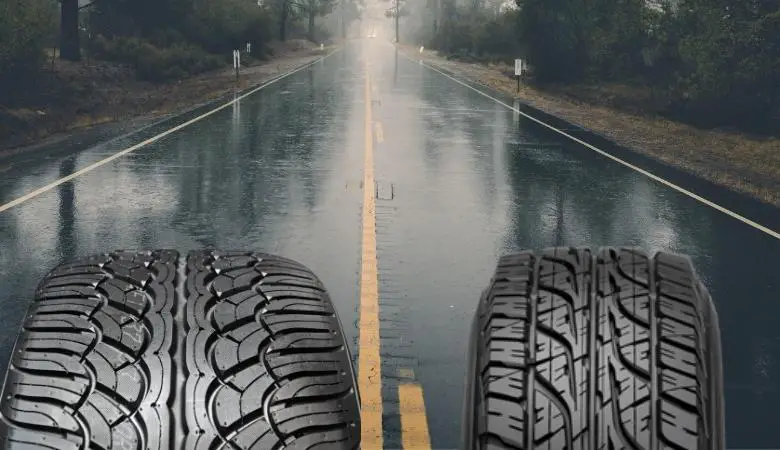It’s no news that tires are key components of cars. The grip, rims, and quality all affect the way a vehicle threads.
Lots of drivers wonder if wider tires are better or worse when driving in the rain?
Wider tires usually, but not always, perform better in rain compared to narrower tires. This is because wider tires often have more, as well as, bigger sipes cut out in the rubber. These sipes are made to drain water from the contact surface of the tire’s contact patch, which drastically improves wet surface handling.
With that said, there are narrow tires built with more and bigger sipes, just as there are wide tires built with less and smaller sipes as well. But, generally speaking wider tires are often the ones with more and bigger sipes, simply because there’s more room for these sipes on the rubber.
Read on to learn more about tire width and its effects when driving in the rain.
What Tire Qualifies as Wide?
When the subject of wider tires comes up, you probably think that there are clear-cut dimensions. However, this is not really the case. It’s more of a relative dimension and depends on your vehicle. For instance, SUV tires are naturally large, and trucks have even bigger tires.
Regardless, a SUV tire doesn’t necessarily pass as wide. Surprising right? What then makes a tire pass as wide? The format, such as P225/55R16 is used to specify the width of your tires on the sidewall of your vehicle. The width of the tire is measured in millimeters and is in this example 225 millimeters.

A “wide” tire refers to a tire that is wider than the tires on your car that were originally fitted by the manufacturer. When you open the driver’s door, the factory tire size of your vehicle is shown on the plaque on the driver’s door, it can also be found in the vehicle manual.
Are Wider Tires Better or Worse in The Rain?
Well, the answer to the question is quite straightforward. Wider tires are better in rain. While they might not perform as great as narrow tires in the snow, they are really great on wet terrains.
As explained earlier, wide tires are usually preferable for driving in rainy weather because they include more and bigger sipes that aid to retain and drain water from the contact surface of the tire’s contact patch.
A number of sipes may be found on narrow tires, but since they have a smaller surface area, there are usually fewer of them. When driving through puddles, one advantage of using narrow tires in the rain is that the increased contact pressure (caused by anrrower tires) pushes the water out of the way more quickly.
However, since it’s likely that you won’t be driving through puddles on a regular basis, larger tires are a more practical option for you. This way, you stay ahead of something called hydroplaning.
Note: Hydroplaning is a hazardous driving situation caused by water that causes your car’s tires to lose contact with the road surface. Hydroplaning is a startling indicator that you’ve exhausted all possible traction.
Have you ever driven through a huge puddle that was much deeper than you expected, only to feel your hands become light on the steering wheel? Hydroplaning is caused by that abrupt lack of feedback.

Other Features That Makes Wider Tires Better in The Rain
Although sipes really aid the impeccable performance of wide tires in the rain, they are not the only features. There are other notable features of wider tires that are really helpful in the rain. Some of them include:
Better Grip and Traction
In general, increasing the amount of pressure applied on each square inch of the surface may help you get more grip. You can also achieve this by expanding the area of contact between your tires and the road.
Wider tires have a greater surface area than narrow tires, which results in better grip and traction. As a consequence, a sense of balance and stability is maintained.
Improved Cornering
Wider tires, which have the same characteristic of having a larger contact area with the road as the ones mentioned above, provide better cornering and road handling.
Another reason for reduced vehicle roll in corners is because larger tires have a superior thread and firmer sidewalls than narrower tires.
Better Braking
Each and every driver is well aware that the brakes and tires play a significant role in the slowing or halting of a vehicle. One of the most advantageous qualities of wider tires is their greater ability to function in conjunction with brakes.
Opting for wider tires may help you have more traction on the road and a larger contact area with the road surface. Because it reduces the stopping distance of your vehicle on wet terrain, this action results in a more effective braking system for your vehicle overall.
Factors That Could Make a Wider Tire Perform Worse in The Rain

We’ve discussed how wider tires perform better in the rain because of sipes and additional features that make them great.
Well, there are instances where wider tires would not perform better. This drop in performance is influenced by some other factors, which are:
Wear and Tear
Tires are constantly in friction with the roads and this causes them to age over time. If your wider tire is quite old, it won’t perform better in rain.
You can learn how to check the age of your tire and make changes where necessary.
Wider Tires With a Smaller Tread Depth
As we discussed earlier, wider tires perform well in rain and against hydroplaning. One of the important features that curbs hydroplaning aside tire width is tread depth. If your wide tire has a smaller tread depth, it would not perform well in rain.
Smaller thread depths mean less water gets off and the tire can lose contact with the floor. Interestingly, tread depth decreases as wider tires wear and tear.
Conclusion
There are lots of reasons to choose wider tires and better performance in the rain is one of them. However, the final choice you make depends on the kind of terrain you thread most often. Narrow tires are better in snow as they dig deeper into the snow.
If you’re more likely to drive on rainy terrains or come across puddles, get yourself some durable wider tires. Your driving experience will only get better!
Hi, my name is Niklas, the head content creator & CEO of Whirling Wheelz. I am very interested in vehicles of all kinds, mainly cars. I have a car mechanics degree from high school and a big hobby of mine is to follow the WRC (World Rally Championship) both online and through travel.

